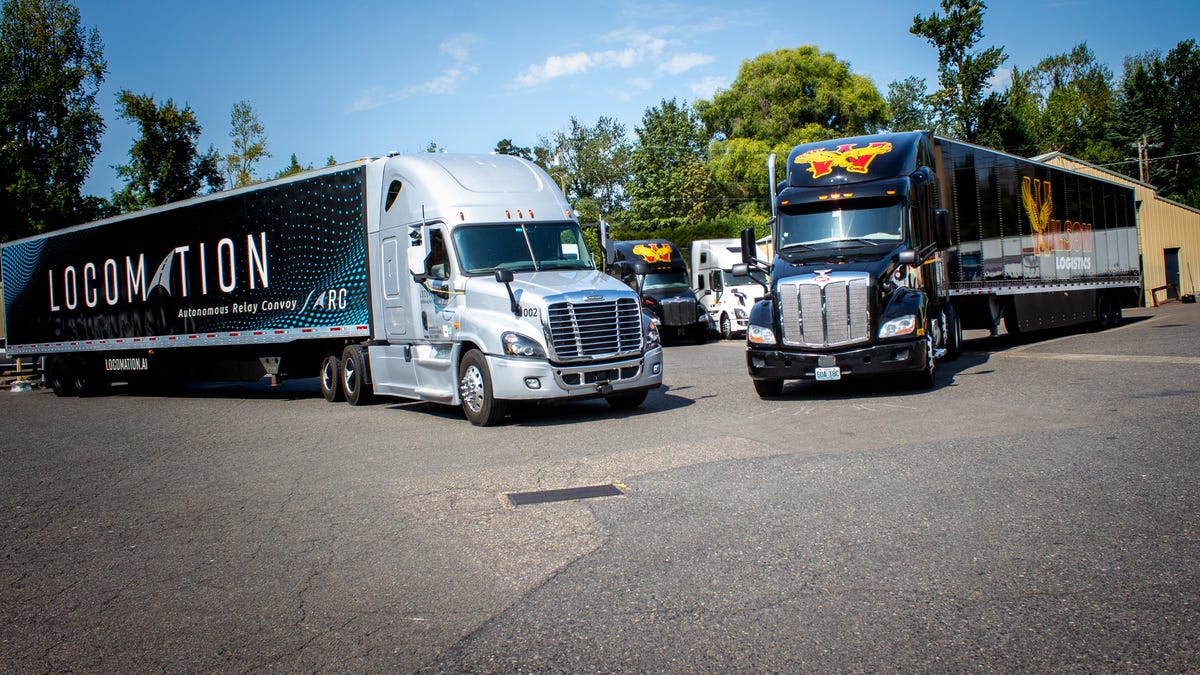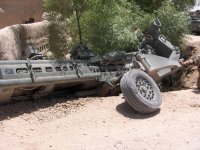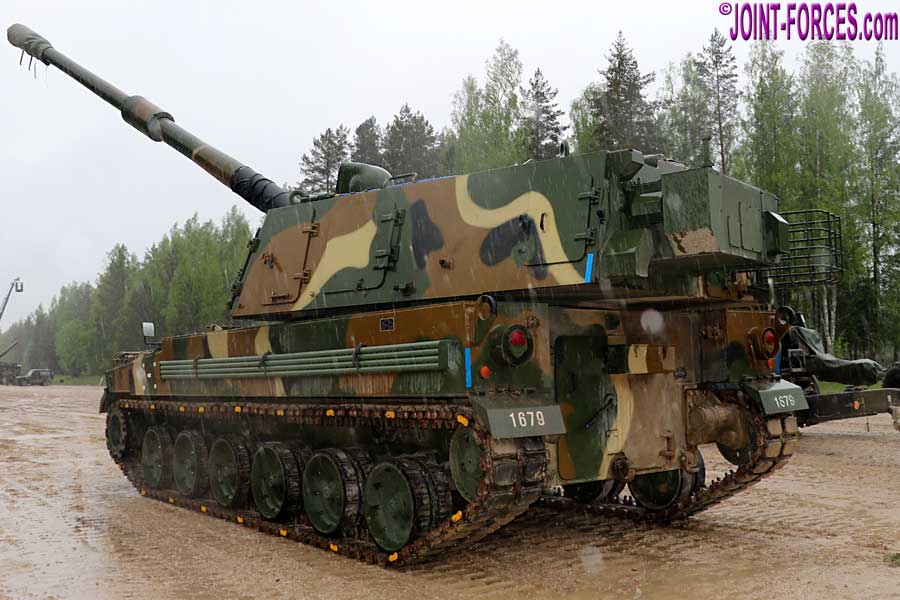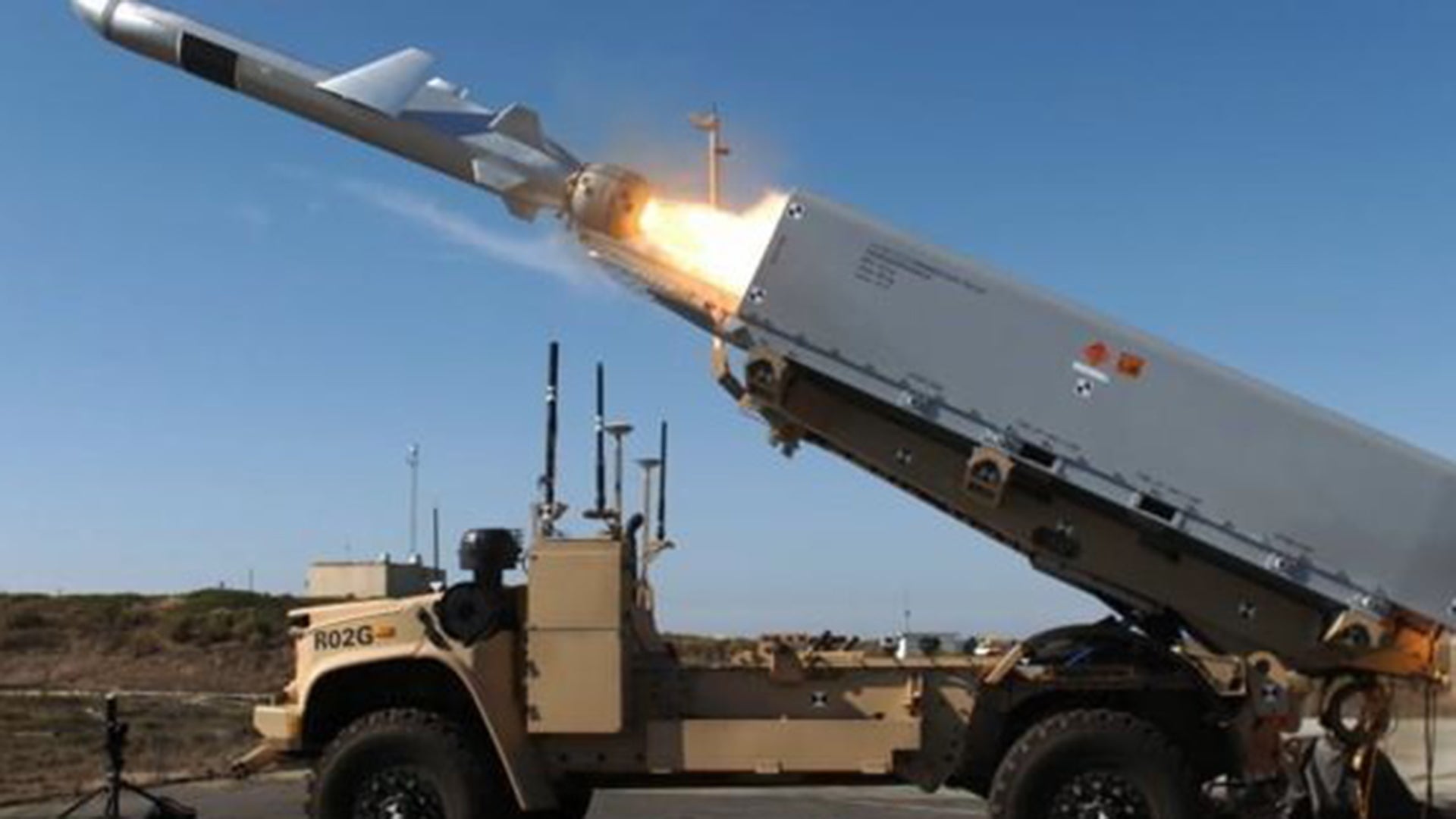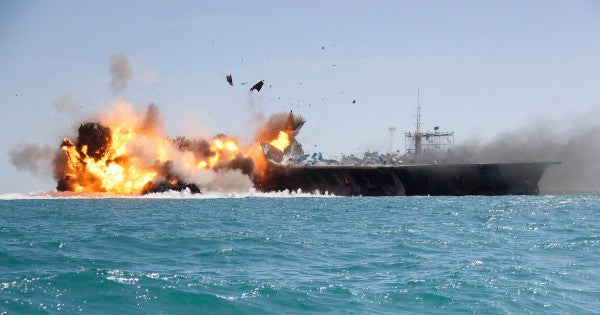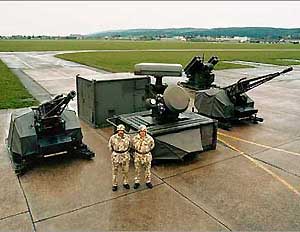If anything, the vehicle fleet for artillery has been schizophrenic since the M109/M548 and the MLVW/C3 fleets. Both those vehicles worked adequately as limbers. After that there were no trucks designed for guns. The mod for the M777 is basically just a data connector to allow some of the gun's data system to be read in the cab while travelling.
In Bosnia we used Bisons as gun tractors for LG1s. When we went into Afghanistan we went back to MLVWs for the LG1s and then started dancing around for Kandahar flirting with Bisons and RG1s in combination with HLVWs before finally settling on the following for each for each roughly 33-35 person troop:
1) an M777s as CP vehicle
2) 2 x TLAV - one for the Tp Comd/recce veh and 1 for the Tp SM
3) 2 x TLAV and 2 x HLVW with armoured cab - one of each for each gun det
4) 1 x TLAV for the Met det (generally two per bty and not necessarily 1 for each tp)
Note that the two HLVWs carried about 100 rds 155mm, 300+ rds 81mm, 1,000s of rounds of small arms ammunition as well as all the food, water, fuel, defensive stores, for the entire troop and towed the M777.
Much of the time in the first few years the troops deployed in AMAs without any additional security details in the middle of butt-hole nowhere. They preferred wide open spaces so that you could see strangers from far away. A troop of 33 looking after their own security while doing their primary job of fire support and usually being 4 or 5 men short on HTLA was problematic. Problematic as well was the total absence of a battery level echelon and the battery ammo vehicles, especially in the early years when helicopter resupply and NSE CLPs were few and far between.
All that to say, I see problems with automated systems. While a gun with an autoloader needing only a crew of two and capable of producing its own firing data supplied by an autonomous ammo limber sounds really quite intriguing, I don't see it lasting long.
Leaving aside local defence for the time being (and believe me you can not leave it aside) you need to at least double the crew to provide for 24/7 operation and routine running maintenance.
Then there is the issue of ammunition. A 155mm round weighs in at just short of 100 lbs. Assuming the gun has an autoloader, it probably won't handle more than 25 to 40 rounds on board assuming multi-function fuzes and modular charges. There will need to be a mix of projectiles however - generally HE, Smk, Illum, and some precision. Those do not get fired at standard ratios so more probably then not you will run out of the popular stuff before you are 2/3rds of the way through an autoloader's magazine. That means a constant need to draw off the limber - perhaps every second mission or so. I don't see any system on the horizon that automates ammo transfer from the limber to the gun. You need extra people here. Probably 3 to 4 per gun. So since you have those you really do not need an autonomous limber.
So how does the limber get refilled? There are numerous methods, but generally a regiment has to keep a basic load on hand. A basic load is the expected expenditure for three days while the brigade still holds a one day's maintenance load. Generally speaking then, every day you can expect that you have to transfer a days worth of ammo through to the regiment's ammo vehicles which then top up the battery ammo limbers. Pallets and cranes help with that. Why a basic load? Because artillery is not a just-in-time delivery logistics system. You have surges where there is no option but to double and triple expenditures and you better have the ammo near at hand.
The other thing that heavily automated systems bring are maintenance woes. To keep my 6-gun M109 battery on the road I had a 14-man maint sect with providing light and heavy tracked and wheeled and electronics and weapons maintenance. The more complex the equipment becomes the more maintainers you will need - don't forget medics and cooks, quartermasters, POL crews. - And then there's local defence. Oh, yes and manual backups for communications and data processing breakdowns. They happen and will continue to happen. 24/7 and redundant systems are an artillery characteristic
I guess what I'm trying to convey is that, yes, automation will help but it won't save the manpower that you think. Russian SP batteries (with autoloaders) are notoriously made up of 50 all ranks but are essentially devoid of any any logistic or maintenance support - that, and ammo reloads come from the battalion and brigade. (The 152 mm carried one unit of fire i.e 60 rds. The brigade in total carries 6 units of fire or 360 rds per gun) This is why the Ukraine was littered with broken down and abandoned Russian equipment.
In contrast, a Paladin battery has 90 all ranks, an M992 ammo limber per gun (each gun and limber together together carry 134-137 rds per set) and three M1074 pallet trucks and trailers with a total 32 ton capacity per set with more at battalion and many more in the brigades distribution company. The Americans too keep the bulk of their maintainers, medics, kitchen etc at battalion. My battery gun line was a bit fatter at around a hundred together with its echelon but without its BC and FOOs. Out of those 90-100 all ranks in a Cdn or US bty, roughly 40 are ammo handlers. Remember that on an M109 there are only two people who actually operate the gun and one who supervises their work; everyone else lugs ammo.
If you are looking for a problem to solve for the artillery then try to figure out how to create a more efficient system for bringing large amount of diverse ammunition constantly flowing to guns that have limited on-board magazines and that must move frequently.
Cherrio.



